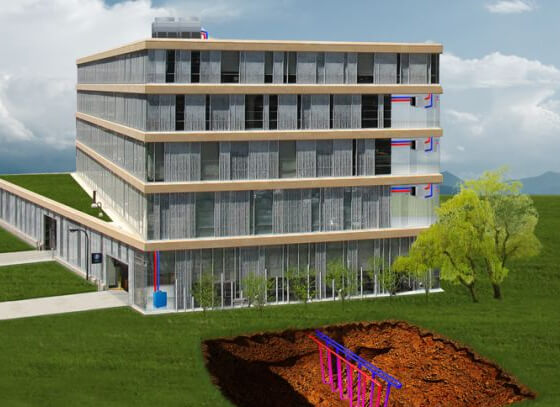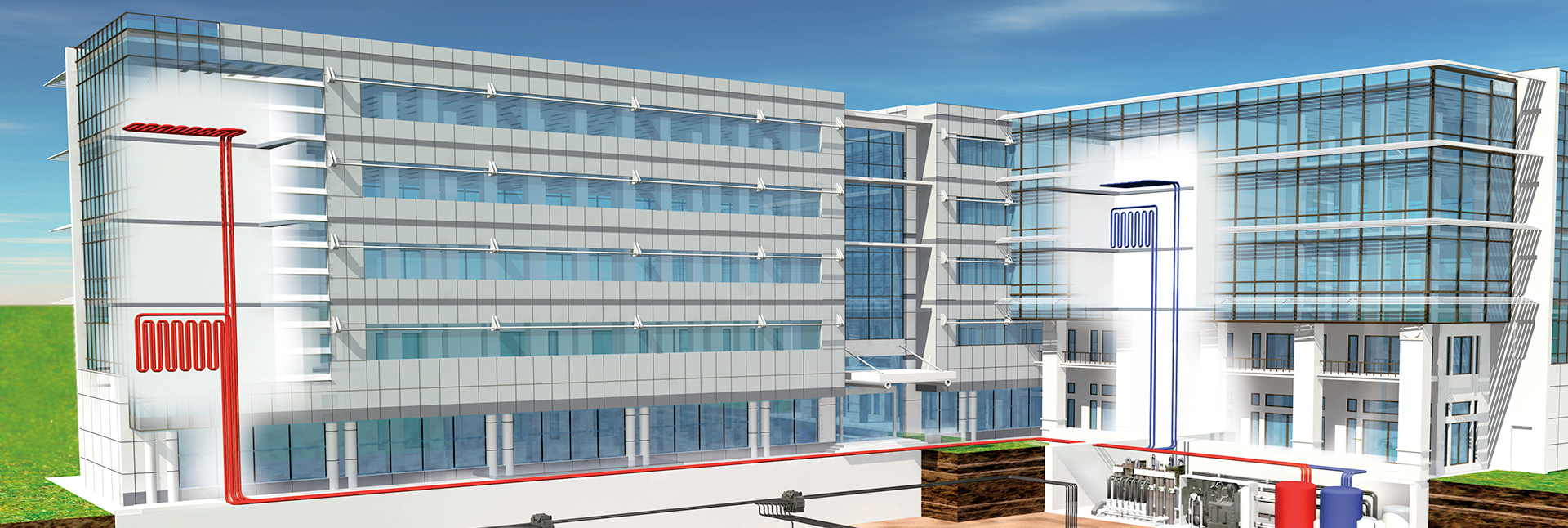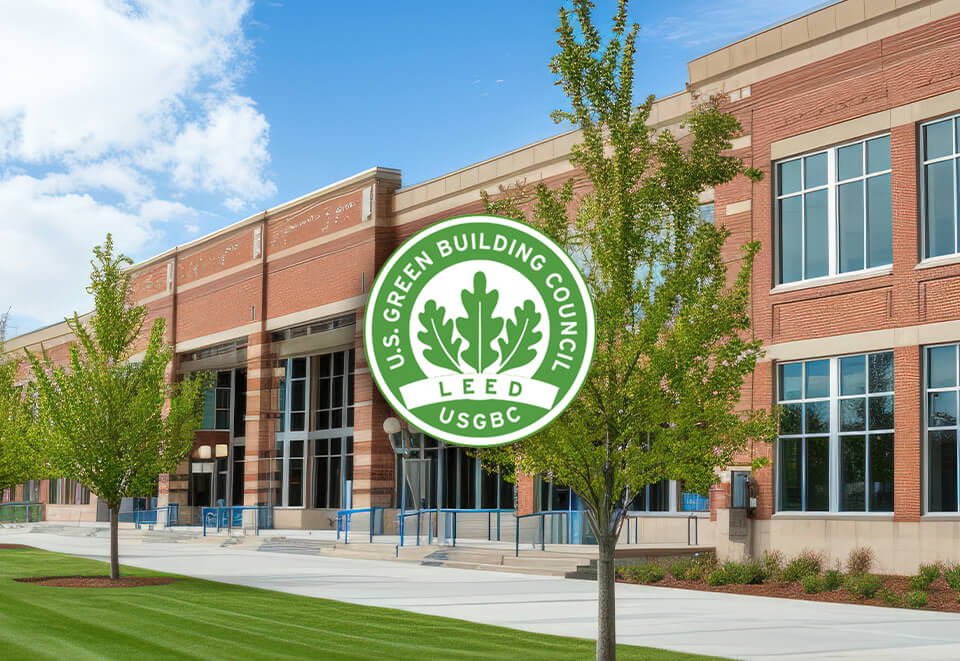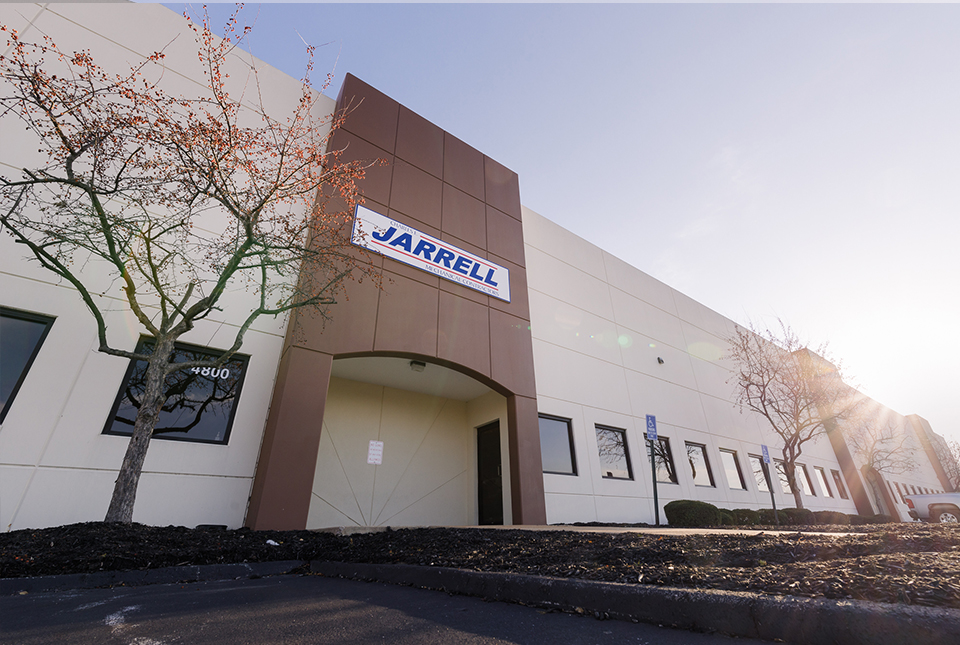Time to Move to Geothermal?
As many building owners and managers know, the cost of heating and cooling their buildings is often their highest expense. In fact, buildings account for 40% of all energy consumption in the United States, the majority of that from heating and cooling. Many existing HVAC systems are outdated and inefficient, and the cost to run them is directly correlated with the current cost of the fossil fuel that is used to operate it.

The ground loop is a series of pipes in a closed-loop water circuit that is buried beneath the ground’s surface near the building and used to exchange heat. Water passes through the pipes and absorbs heat from it. The heat is removed from the water through the heat pump, where it is concentrated and pushed back into the building through your delivery system to provide heat. The opposite happens in the summer for cooling a building when heat is removed from your building and released into the ground and groundwater. These heating/cooling systems can be water to water or water to air systems.
Because the ground just a few feet beneath the Earth’s surface generally remains at a temperature of 55-75°, geothermal energy is a consistent source so the costs are predictable, as opposed to the costs associated with the frequent fluctuations of fossil fuels. This makes budgeting for heating and cooling costs easier, especially when facing cooler or warmer-than-normal periods. Although it’s essential to regularly maintain any mechanical system to keep it running smoothly, geothermal systems are typically cheaper to maintain than conventional systems and have a longer lifespan as well.





